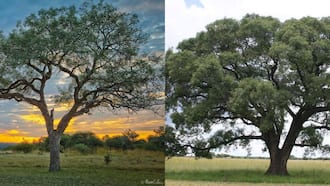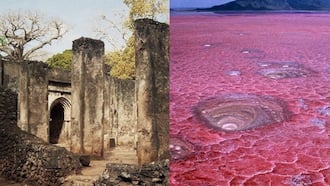Top 9 driest deserts in the world and the reason behind it
Statistically, one-third of the land on Earth is arid or semi-arid. These areas, known as deserts, receive little to no precipitation, can reach incredibly high or low temperatures and have sparse vegetation. Because of this hostile environment, plants and animals barely survive in these regions. You might not be aware that some deserts are drier than others. So, what is the world’s driest desert?
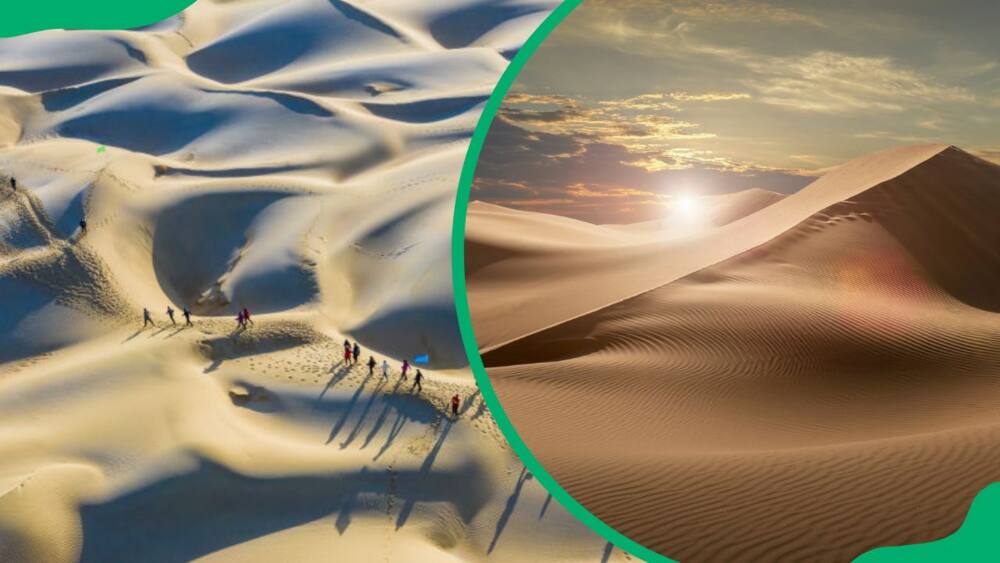
Source: UGC
The desert climate has a significant excess of evaporation as compared to precipitation. These climates are characterized by dry, rocky and sandy surfaces that do not hold much moisture, so any rain falling quickly evaporates. Although it rarely rains in deserts, sporadic downpours can result in flash floods.
What is the driest desert in the world?
From the Sahara in Africa to the Death Valley in California, the world has its fair share of barren areas. Discover the world's driest deserts, ranking from the driest.
1. Atacama
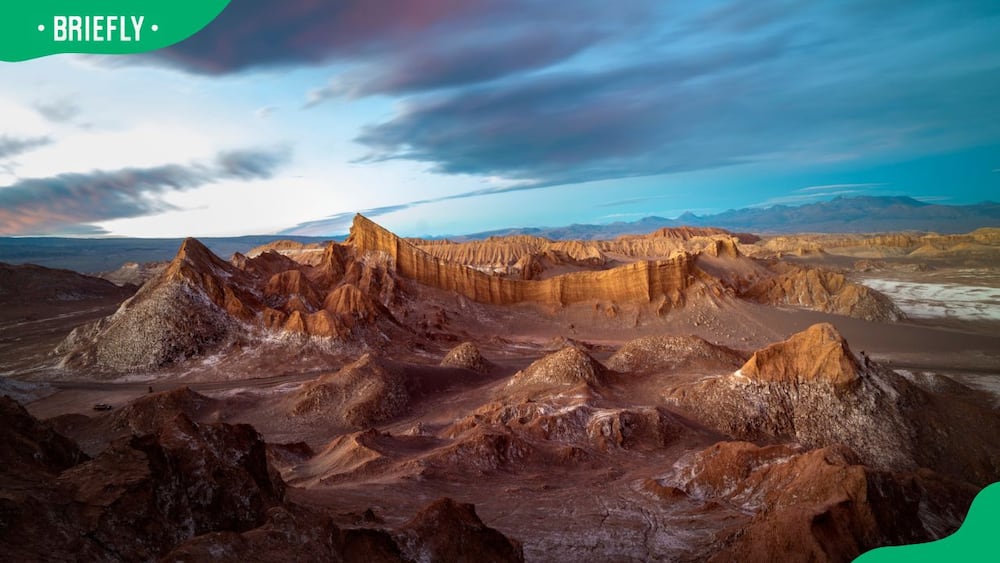
Source: UGC
Where is the driest desert in the world located? Situated in Chile, the Atacama is the world’s driest non-polar desert. In addition, it is the only true desert to receive less precipitation than the polar ones worldwide.
The area's average rainfall is about 15mm (0.6 inches) yearly, although some locations only receive 1 to 3 mm (0.04 to 0.12 inches) a year. So, why is the Atacama Desert so dry?
Geographically, the area’s aridity is attributed to its positioning between two high mountain chains, preventing moisture advection from both the Pacific and Atlantic Oceans.
2. Namib desert
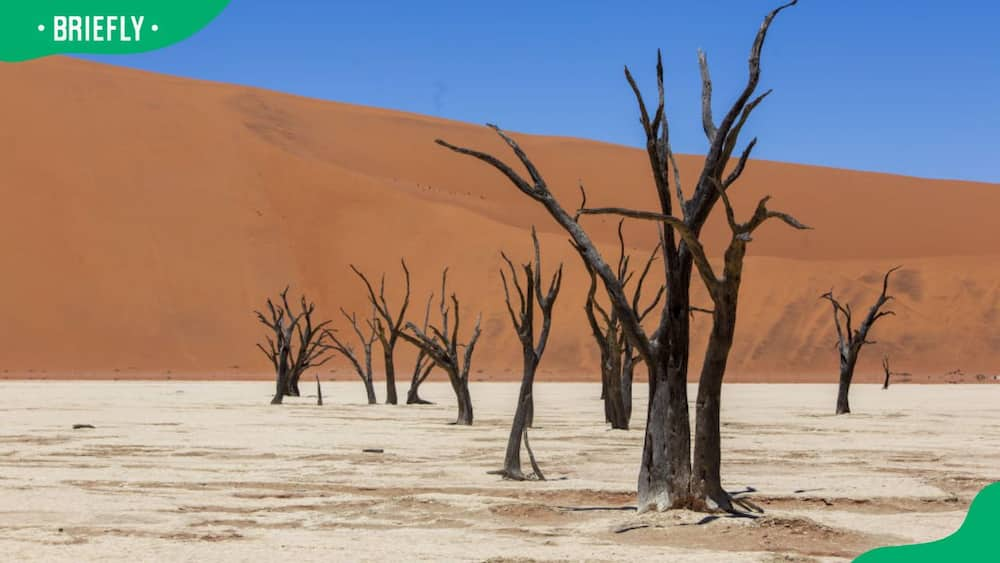
Source: UGC
The Namib, found in Namibia and southwestern Angola, is the driest desert in Africa. It experiences 10 mm (0.39 inches) rainfall annually and is almost barren.
According to the New World Encyclopaedia, this aridity is caused by the descent of dry, warm air from the east, cooled by the cold Benguela current along the coast. The warm, dry upper layer keeps the cool, humid air from rising and forming clouds.
3. The Taklamakan
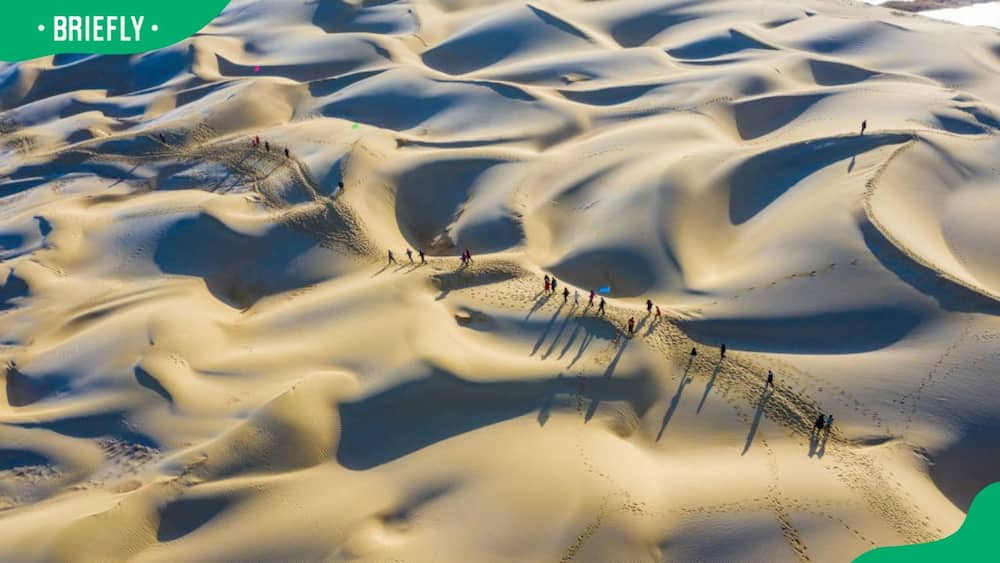
Source: UGC
This barren region is located in Southwestern Xinjiang in Northwest China. Precipitation in the area is extremely low, ranging from 38 mm (1.5 inches) per year in the west to 10 mm (0.4 inches) in the east annually.
The climate is also moderately warm and markedly continental, with a maximum annual temperature range of 70℉ (39℃). The Taklamakan is the second-largest shifting sand desert, with about 85 per cent of shifting dunes.
4. The Mojave Desert
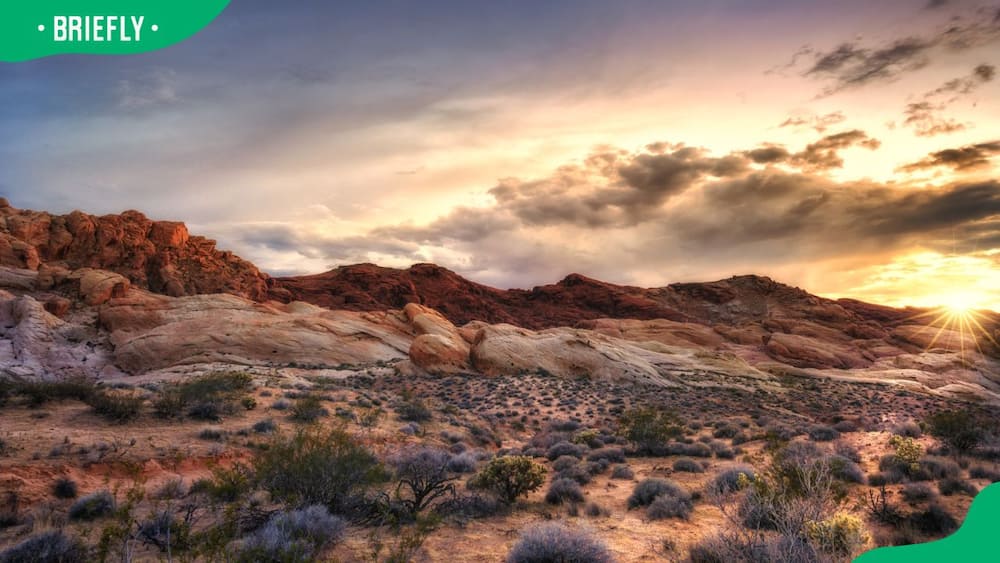
Source: UGC
The Mojave, whose average annual rainfall ranges between 51 to 152 mm (2 to 6 inches), is North America’s driest desert. Its dry summers, which create a harsh environment during the hottest months, are a defining feature.
The famous landscape, primarily found in southern Nevada and southeastern California, is home to nearly 2,000 unique plants, including the favourite Joshua trees only found in the Mohave. Why is Mojave so dry?
Blue Planet Biomes reports that while some rain falls on the mountains, the hot air evaporates most of it before reaching the ground. Therefore, the rain shadow effect causes the Mojave to be one of the world's driest landscapes.
5. Death Valley Desert
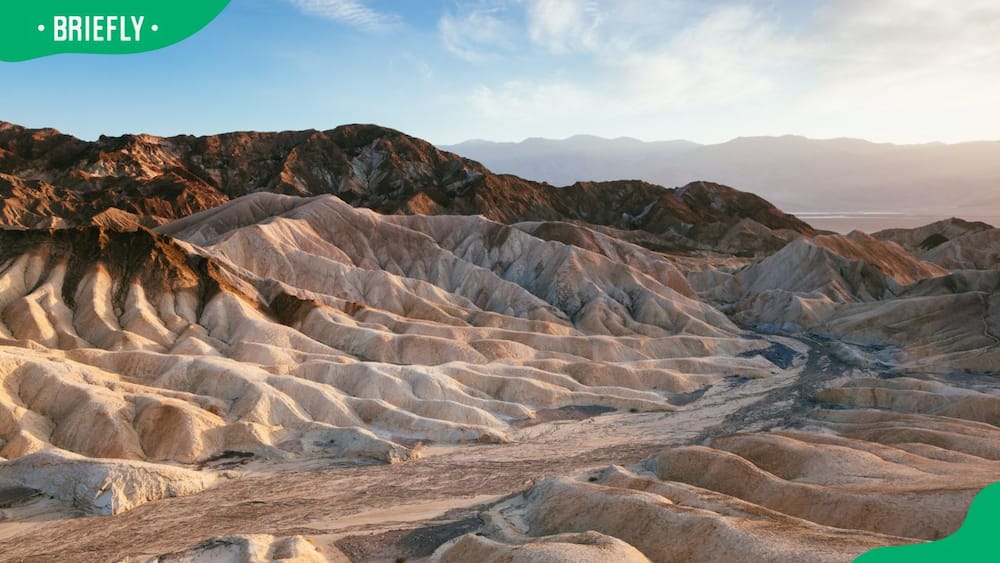
Source: UGC
This is a desert valley in Eastern California in the northern Mojave. The area's average rainfall is 55 mm (2.2 inches) annually, ranking it America’s hottest and driest place.
Death Valley is the hottest place on Earth during summer. The aridity of this region is attributed to solar heating and the movement of warm mountain winds around the area.
6. The Sahara
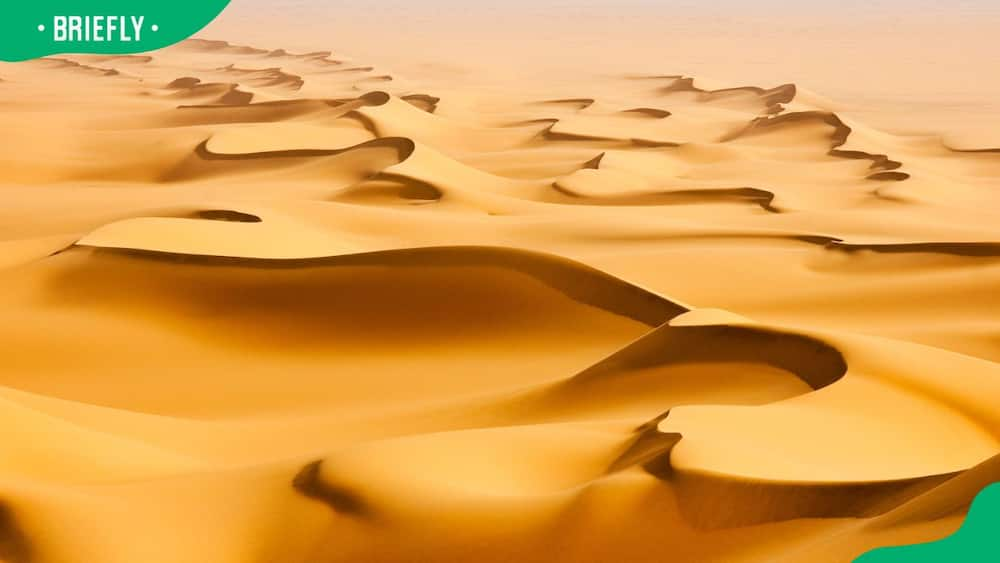
Source: UGC
The Sahara is the world’s largest hot desert, occupying nearly all northern Africa. The region experiences an average of 76 mm (3 inches) yearly rainfall.
The subtropical ridge is the predominant factor explaining this vast region's aridity. Various sources report that the descending air prevents clouds from forming, resulting in very little rain falling on the land below.
7. The Arabian Desert
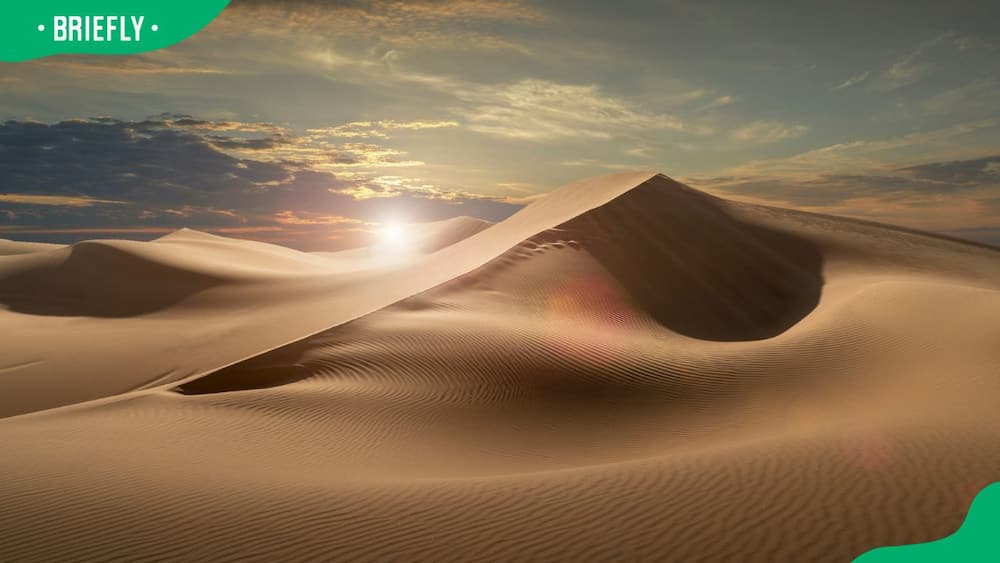
Source: UGC
This barren region in West Asia occupies almost the entire Arabian Peninsula. Most of its areas receive around 100mm (3.9 inches) of rain yearly.
An extension of the Sahara desert, the Arabian Desert is hot and dry, reaching 133℉ (56.1℃). Among the reasons for this hot and dry climate is the Indian summer monsoon season, which affects the regional weather patterns.
8. Dasht-e Lut (The Lut Desert)
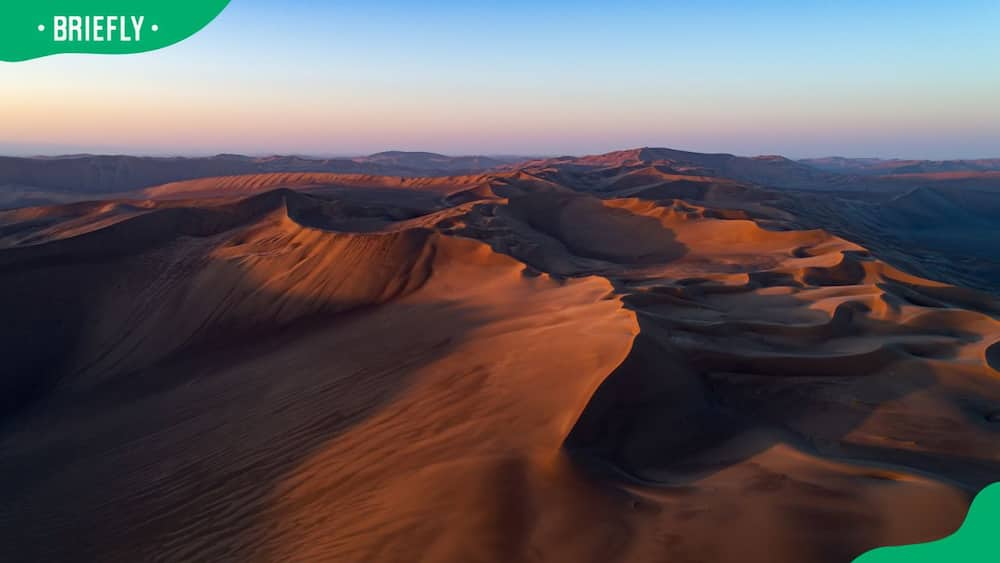
Source: UGC
The surface of this area’s sand has been measured at temperatures as high as 159.3℉ (70.7℃), making it one of the driest and hottest places in the world. Dasht-e Lut annually records an average rainfall of 100 mm (3.9 inches). The desert is located in the Iranian provinces of Kerman, Sistan and Baluchestan.
9. The Thar (Great Indian Desert)

Source: UGC
The Thar, popularly known as the Great Indian Desert, is an arid region in the northwestern Indian subcontinent that spans 200,000 square kilometres in India and Pakistan.
Britannica reports the region can reach temperatures of up to 123 °F (51 °C) at its hottest, with an average rainfall of 150 mm to 350 mm (6 to 13.8 inches) annually.
The arid subtropical climate is caused by its latitude's persistent high pressure and subsidence. The summer monsoon winds that bring rain to the subcontinent tend to bypass the Thar to the east.
Is the Atacama drier than the Sahara?
Yes, it is. The Atacama is the world's driest place, second only to the polar deserts.
What is the driest place on Earth?
According to Universe Today, the McMurdo Dry Valleys of Antarctica are the driest place on Earth. The area records little to no rainfall because gravity pulls the katabatic winds down and away from the valleys.
This article answers the many searches of ‘’What is the driest desert in the world?’’ The Atacama in Chile is the hottest and driest place on the planet. Other locations that hold the record include the Mojave, Sahara and the McMurdo Dry Valleys in Antarctica.
READ ALSO: Top 20 safest and most dangerous countries in Africa ranked
Briefly.co.za recently published an article ranking Africa's safest and most dangerous countries. Africa is a vast and diverse continent with 54 countries that vary in terms of safety and security.
While some countries are known for their peaceful and welcoming environments, others are known for their high crime rates and political unrest.
Source: Briefly News



